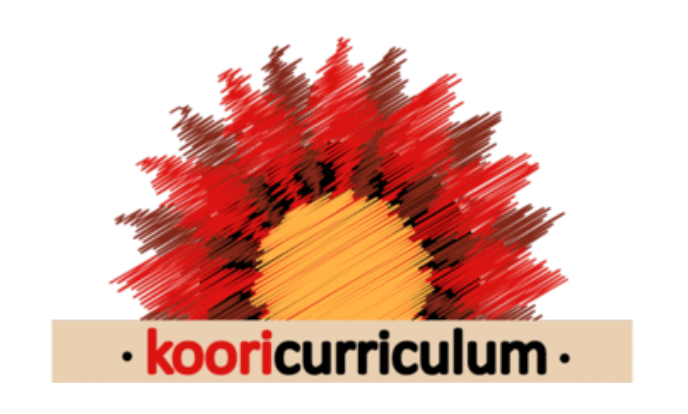I had the privilege of delivering a professional development workshop for educators hosted by the Fairfield Engaging Families of Aboriginal Heritage (FEFAH) Working Group, a collective supported by Fairfield City Council, co-convened by Uncle Mathew Dillon, Operations Manager at The Parks Community Network Inc., and Aunty Caroline Barton, Council’s Community Projects and Partnerships Officer, Aboriginal and Torres Strait Islander.
The FEFAH Working Group is dedicated to strengthening understanding of the Fairfield Local Government Area’s Aboriginal and Torres Strait Islander communities. Through collaboration, they aim to build meaningful relationships and deliver tailored solutions that respond to local needs and aspirations.
This particular workshop brought together a passionate group of early childhood educators eager to develop culturally safe programs for Aboriginal children and families in their care. Together, we explored what it truly means to move beyond tokenism, towards embedding Aboriginal perspectives in ways that are intentional, authentic, and sustainable.

Why Embedding Matters
-
Social Justice: Embedding ensures that Aboriginal voices, histories, and knowledge systems are respected and represented. It challenges systemic bias and inequity in education by positioning Aboriginal culture as central, not supplementary.
-
Equality and Equity: Equality means giving everyone the same, but equity recognises that not everyone starts from the same place. Embedding Aboriginal perspectives ensures that Aboriginal children are given the opportunities and support they need to thrive — not just survive — in early learning settings.
-
Closing the Gap: The education system plays a critical role in addressing disparities between Aboriginal and non-Aboriginal Australians. Embedding supports early intervention, strengthens identity, and contributes to better outcomes in health, education, and wellbeing.
-
Belonging:
Children learn best when they feel seen, safe, and valued. Embedding Aboriginal culture helps Aboriginal children recognise themselves, their families, and their communities within the learning environment — affirming that they belong.
-
Identity:
Early childhood is a formative time for identity development. Embedding Aboriginal perspectives provides opportunities for Aboriginal children to explore and express who they are and where they come from, fostering pride and confidence in their cultural identity.
- Cultural Preservation: Aboriginal knowledge, languages, and practices are living traditions. When educators embed Aboriginal perspectives meaningfully, they contribute to the continuation and preservation of these cultural ways of knowing, being, and doing — ensuring they are carried forward to future generations.

What Joined-Up Service Delivery Looks Like
- Partnering with local Aboriginal organisations and Elders to guide culturally responsive practice.
- Maintaining open and ongoing communication with families to ensure programs reflect their values, needs, and aspirations.
- Collaborating across sectors, such as early learning services, health, and community development, to create consistent and connected supports for Aboriginal children and families.
- Sharing resources, knowledge, and expertise across networks to strengthen the cultural capability of the broader early childhood community.





